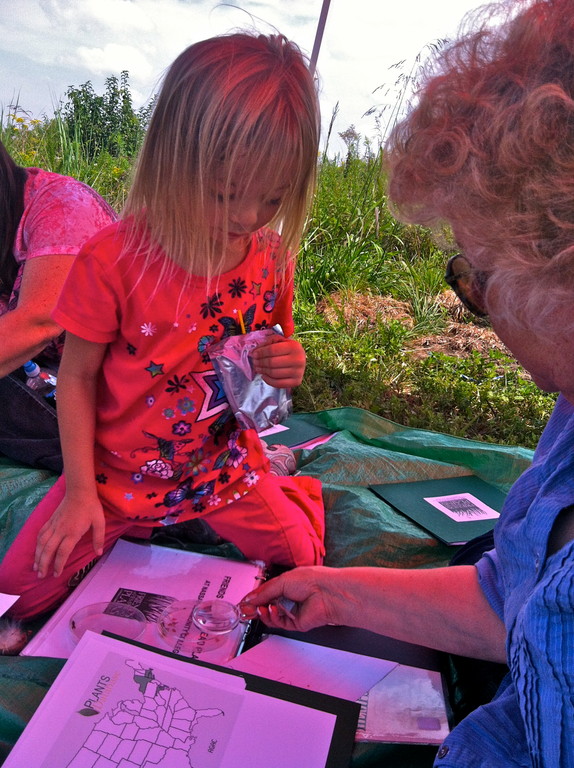A break from urban living
East Meadowites explore the Hempstead Plains
There is a grassy plot of land that easily goes unnoticed. It’s home to endangered plants and rapidly vanishing birds, butterflies and insects. This space is the Hempstead Plains and sits just north of Hempstead Turnpike on the east side of Nassau Community College. It’s an ecological oasis hidden in suburbia.
On a sunny Saturday morning, Marcia Strada and her 7-year-old daughter, Rachel, headed over to Hempstead Plains with Jude Schanzer, the public relations director at the East Meadow Public Library. Strada said she didn’t know what to expect on arrival, but received an email from the library the night before about the educational event and reserved two spots on a whim.
During the two-hours visit, Friends of the Hempstead Plains volunteers Betsy Gulotta of Merrick and David Stolarz of East Meadow led an informative discussion and nature walk.
Sitting under a small canopy to escape the heat, Gulotta, a retired NCC biology professor who still teaches part-time, explained the difference between endangered and threatened animals and told the small group about local plants and insects they would encounter that day.
After handing nets to each person, Gulotta showed, with a sweeping motion near the ground, how to trap bugs and place them in transparent Petri dishes. It was revealed later that they collected ladybugs, dragonflies, grasshoppers and ants.
Walking through the tall grass that reached as tall as Rachel, Gulotta led the way to a marked-off nook that housed Sand-plain Gerardia, a flower that blooms for one month between August and September and is extremely rare, she said. It’s on the federal and state endangered species list. Last year, biologists counted 2,000 of the pink flowers on the plains during peak bloom, but Gulotta said she expects less this summer because of the dry season.
Continuing along the unmarked trail, Stolarz and Schanzer swept up bugs as Gulotta pointed out colorful plants (yellow butter-and-eggs; dark blue wild indigo; poison ivy) and spewed out more facts. (Native Americans used wild indigo to dye cloth blue and grassland roots are three to four feet long.)






